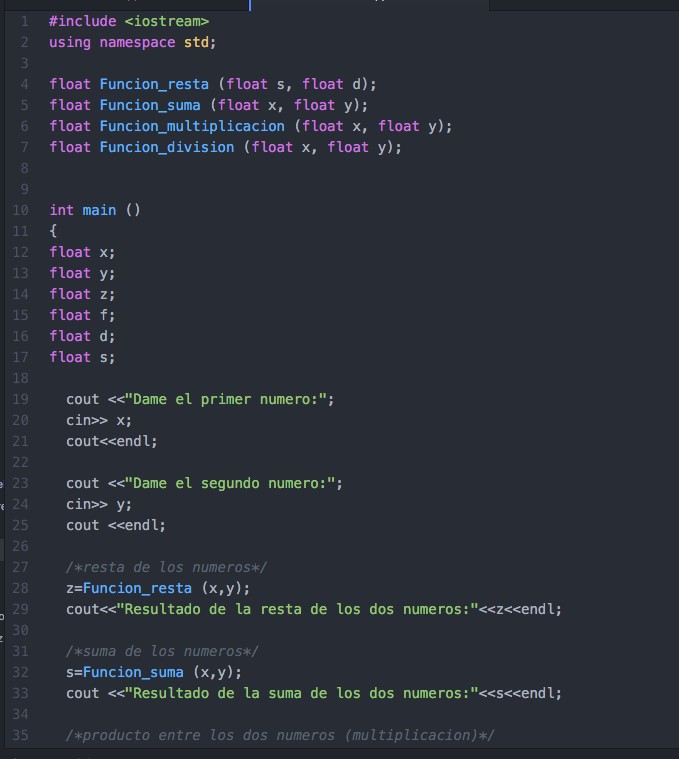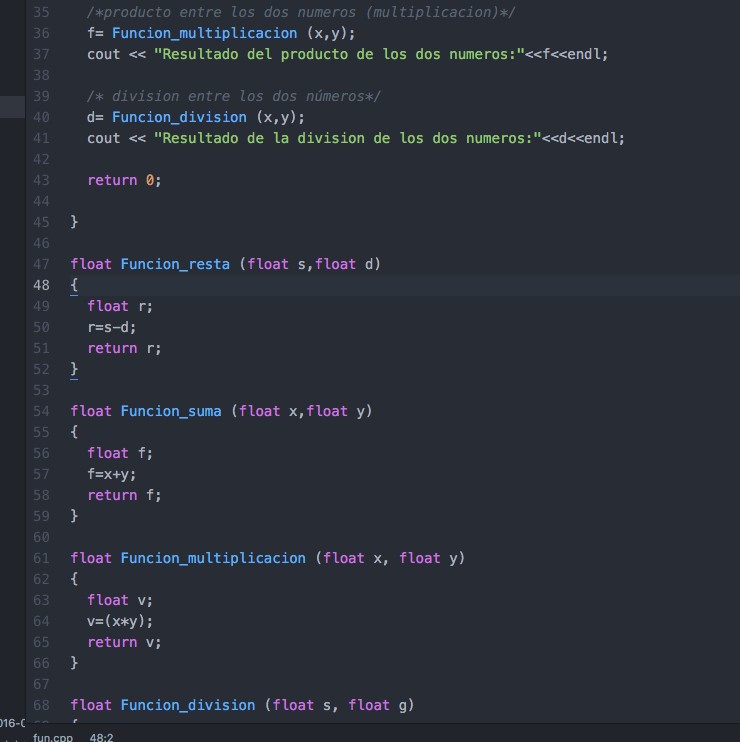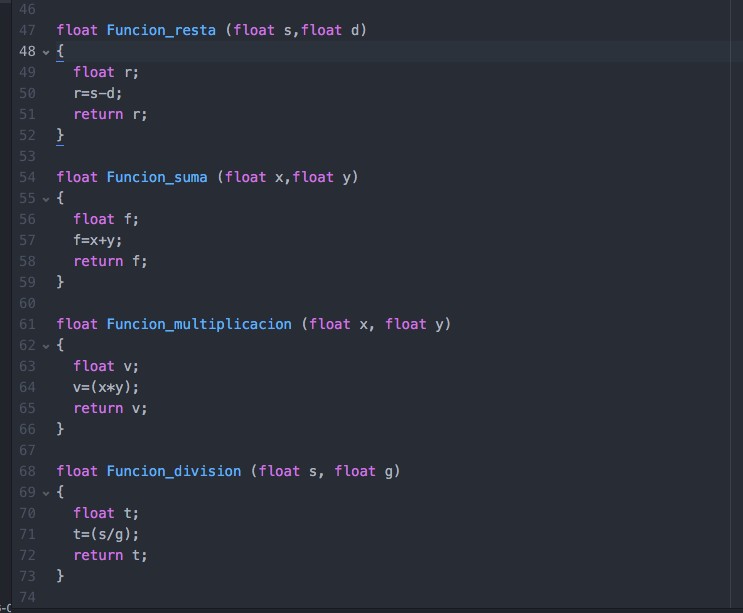Muy bien, empezaremos ha hacer nuestro primer programa. Para ello debemos de saber que de cajón siempre van a venir escritas estas lineas de código:
#include<iostream>
using namespace std;
int main()
Cada una tiene su razón de ser claro esta, pero no me enfocaré en eso, sí quieren saber les dejare unos links en la caja de información donde yo busque todo eso.
Bueno, retomando el tema.
Aquí esta mi programa HelloWorld
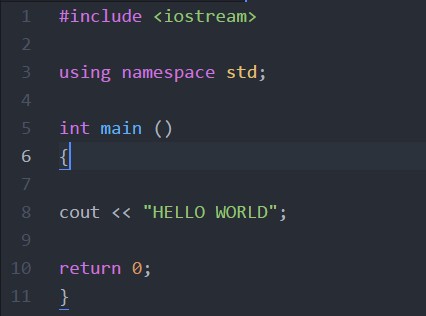
Para empezar a poner nuestro código, después haber escrito nuestras tres lineas de cajón se deben de abrir unas llaves {}, donde dentro de ella haremos todo nuestro código.
En este caso no necesitaremos variables o algo por el estilo, únicamente queremos que nuestro programanos diga “Hola Mundo”.
Algo que se me pasó mencionar, mi clase es en inglés pero puedo hacer el blog y mis trabajos en inglés sí gusto, pero únicamente mis programas quieron que sean en inglés. Sí Ken tal vez se vea muy pocho, pero así me siento cómoda, jejej :p .
Bueno, ahora que tenemos el programa debemos a entrar a Cygwin para que lo copile y nos lo corra.
Ok, sí eres alguien que no tiene idea de como se usa, no te preocuopues te explico.
Lo abres y seguramente te aparece esta caja donde no tienes ni la más remota idea de que hacer con ella, tranquilo yo estaba igual y me agobiaba.
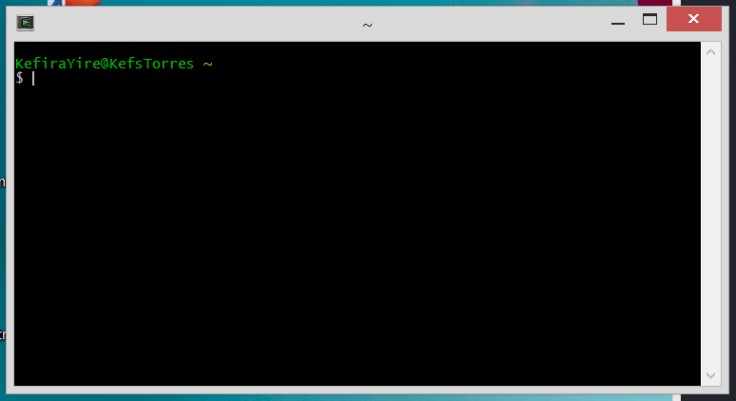
Aquí un amigo que está estudiando Ingeniería en sistemas computacionales me ayudo por eso prefiero explicartelo, aunque me imagino que igual hay mucha información en Google, Youtube, en otros Blogs, etc. Pero te diré lo que sé.
Primero vas a buscar donde está tu archivo
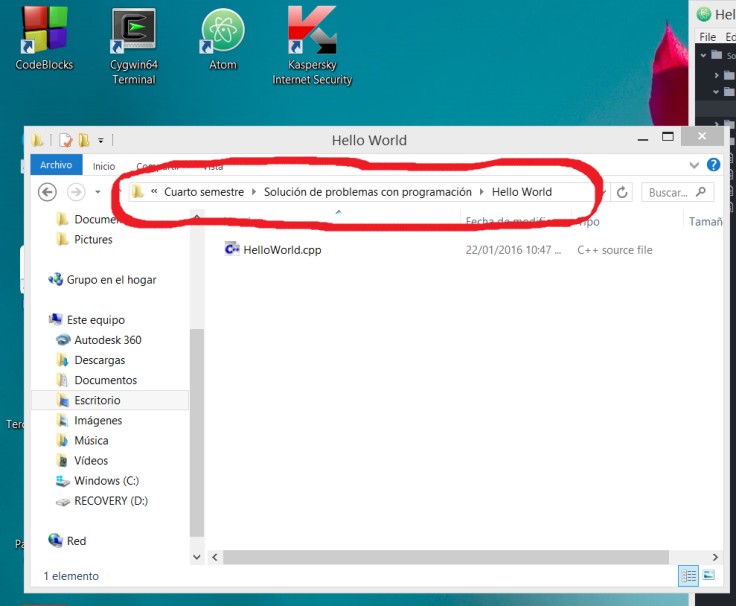
No se alcanza a apreciar todo pero tengo el archivo en mi escritorio, en una carpeta llamada cuarto semestre y se llama solución de
Continue reading “#WSQ02 Hello World & Uso de Cygwin” →








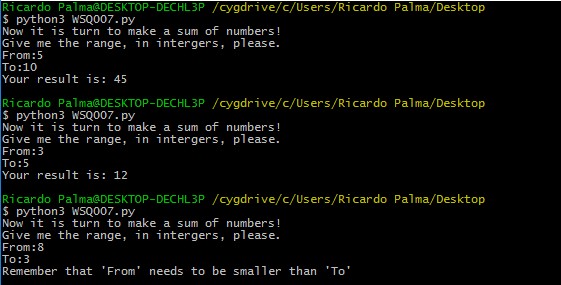
















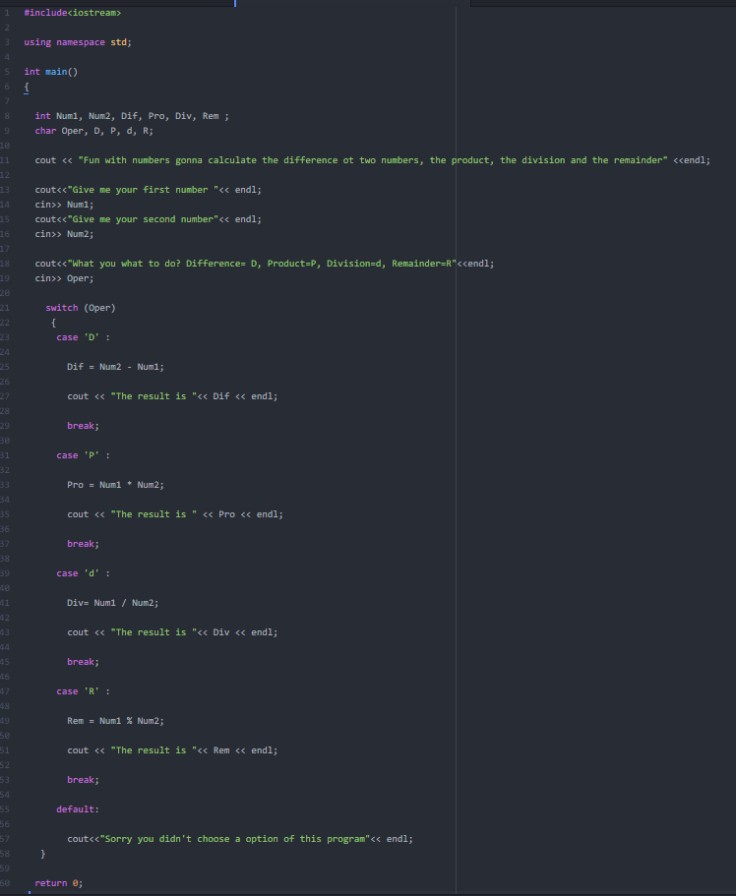

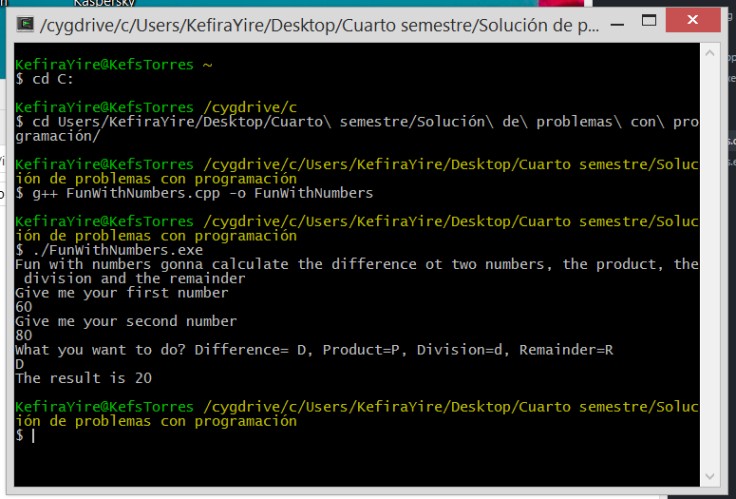
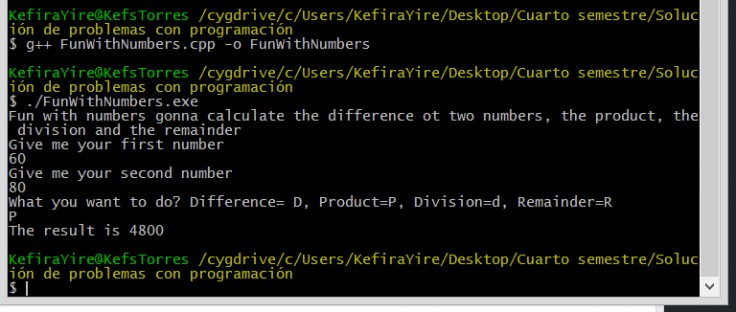

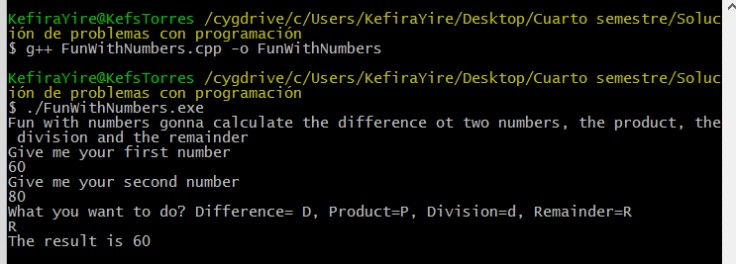
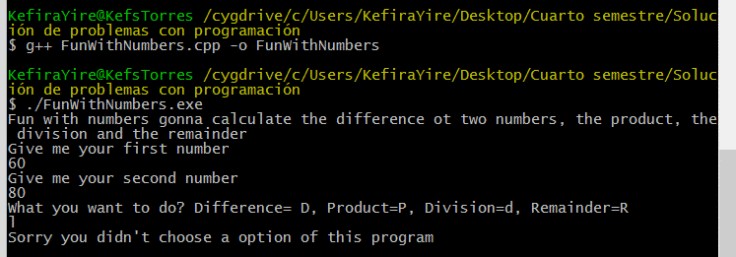






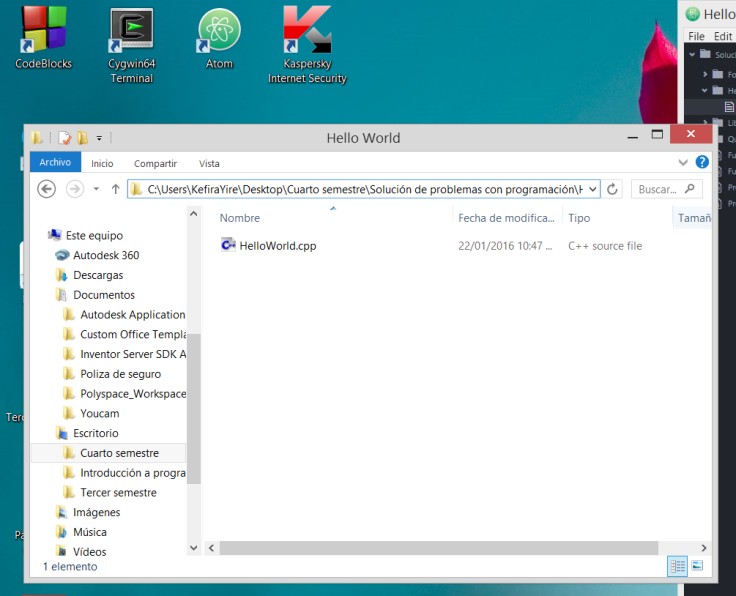
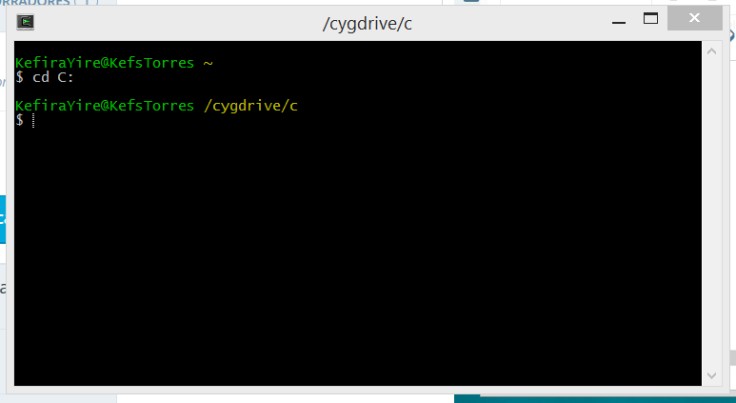

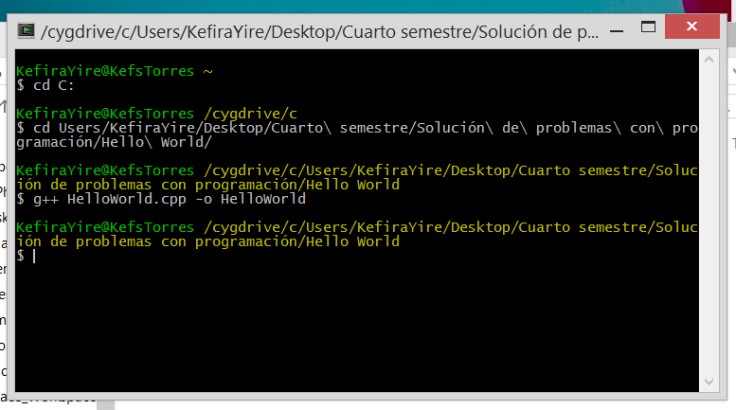

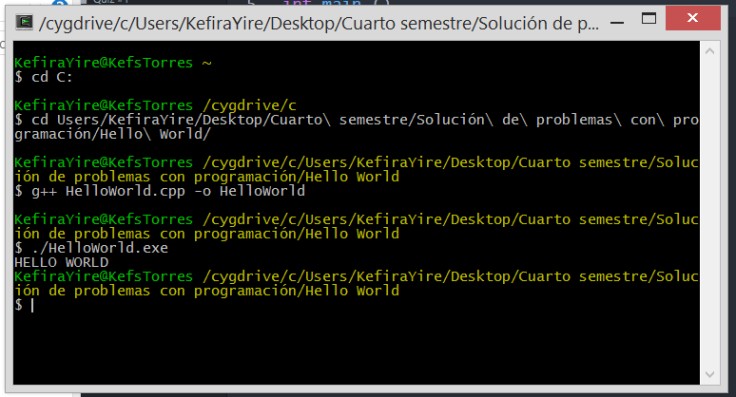

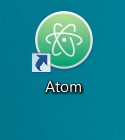

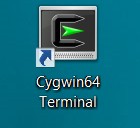



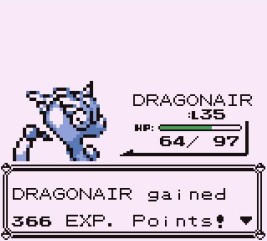 As one may recall, the writter of this blog is a begginer at coding. That means that he barely knows what he is doing and how he is going to do it. The expectations for this class were high form him. Because he was expecting a classic educational system so he was sort of afraid
As one may recall, the writter of this blog is a begginer at coding. That means that he barely knows what he is doing and how he is going to do it. The expectations for this class were high form him. Because he was expecting a classic educational system so he was sort of afraid 

